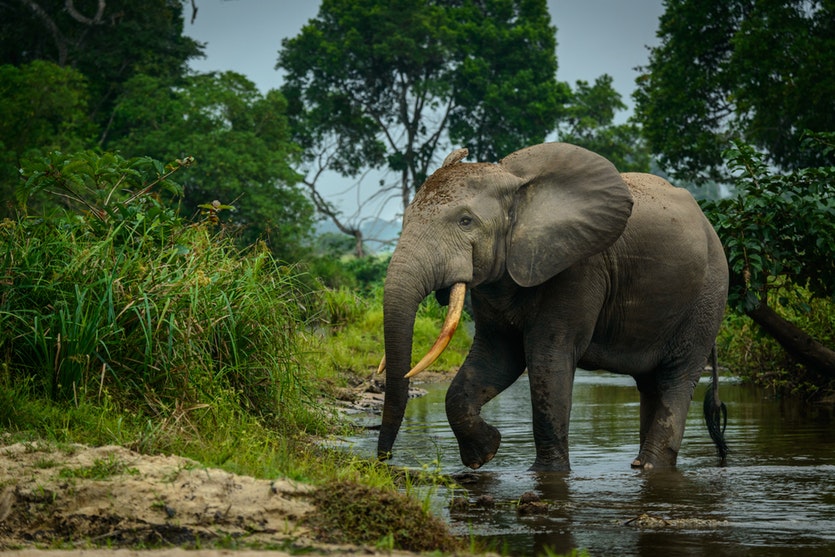The world is experiencing a fake news epidemic, and clickbait hype, that has been affecting the news industry for the past years and reduced the credibility of legacy publishers (Knight foundation, 2018). So where can we still find reliable news? Within the news industry, one innovation particularly stands out: the ‘wisdom of crowds’ machine of Nwzer (Innovation Factory, 2017). It is based on the ‘wisdom of crowds’ philosophy by James Surowiecki, who believed that ‘large groups of people are smarter than an elite few’ (Surowiecki, 2014), and. combines artificial intelligence (AI) and blockchain technologies to create trustworthy news articles by using user input (Innovation Factory, 2017). It’s reinventing the way news articles are written by giving consumers the possibility to contribute to, and edit, articles instead of saving these roles solely for a handful of journalists and editors in established publishing houses.
Nwzer’s founder, Karim Maassen (2017), describes it as the result of when Twitter, Reddit, and Wikipedia had a baby. Maassen (2017) noticed that consumers have a need to share their opinions with the world and engage with the news, as they currently do on existing social media outlets. However, the classical editorialism in existing publishing houses leaves most of such user input untapped.
Nwzer aims to give everyone the power to participate in a global discussion free from bias or influence and tackles the issues that come from parallel collaboration, as is the case with Wikipedia, where different inputs can ‘conflict, erase or duplicate content’ (Maassen, 2017). Through the use of machine learning the drawbacks of a parallel collaboration are tackled. It is used to merge user inputs simultaneously in real-time into ‘one semantically correct article, ready for syndication’ (Innovation Factory, 2017). AI is used to ensure that cohesive articles are produced out of all the generated user inputs. Blockchain technology is used to make sure credit can be given to collaborators as it serves as the public ledger of all transactions and user inputs, with its main function being to prevent revisionist history, while also being transparent (Hernández, 2018).
Considering that Wikipedia, based on the same ‘wisdom of crowds’ principle, is found to often provide a similar quality level as existing encyclopaedias, the question rises whether Nwzer could do the same for the news industry (Terdiman, 2005). And going even further, will it be able to provide a trustworthy news source for consumers in this age of fake news? What do you think?
Hernández, O. (2018). Nwzer. [online] Medium. Available at: https://medium.com/@Ornella/nwzer-dc6acc4b03eb
Innovation Factory (2017). Nwzer funded by Google Digital News Initiative. [online] Medium. Available at: https://medium.com/@BrightlandsIF/nwzer-funded-by-google-digital-news-initiative-59f1c3508384
Knight foundation (2018). INDICATORS OF NEWS MEDIA TRUST. [online] Available at: https://knightfoundation.org/reports/indicators-of-news-media-trust
Maassen, K. (2017). What if Reddit, Twitter and Facebook had a baby?. [online] Medium. Available at: https://buzzrobot.com/what-if-reddit-twitter-and-facebook-had-a-baby-e5f392715b8d
Terdiman, D. (2005). Study: Wikipedia as accurate as Britannica. [online] CNET. Available at: https://www.cnet.com/news/study-wikipedia-as-accurate-as-britannica/.


